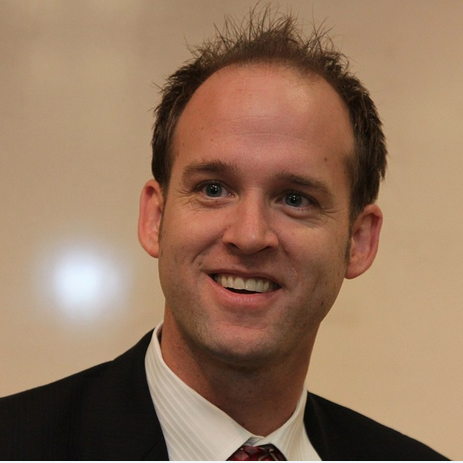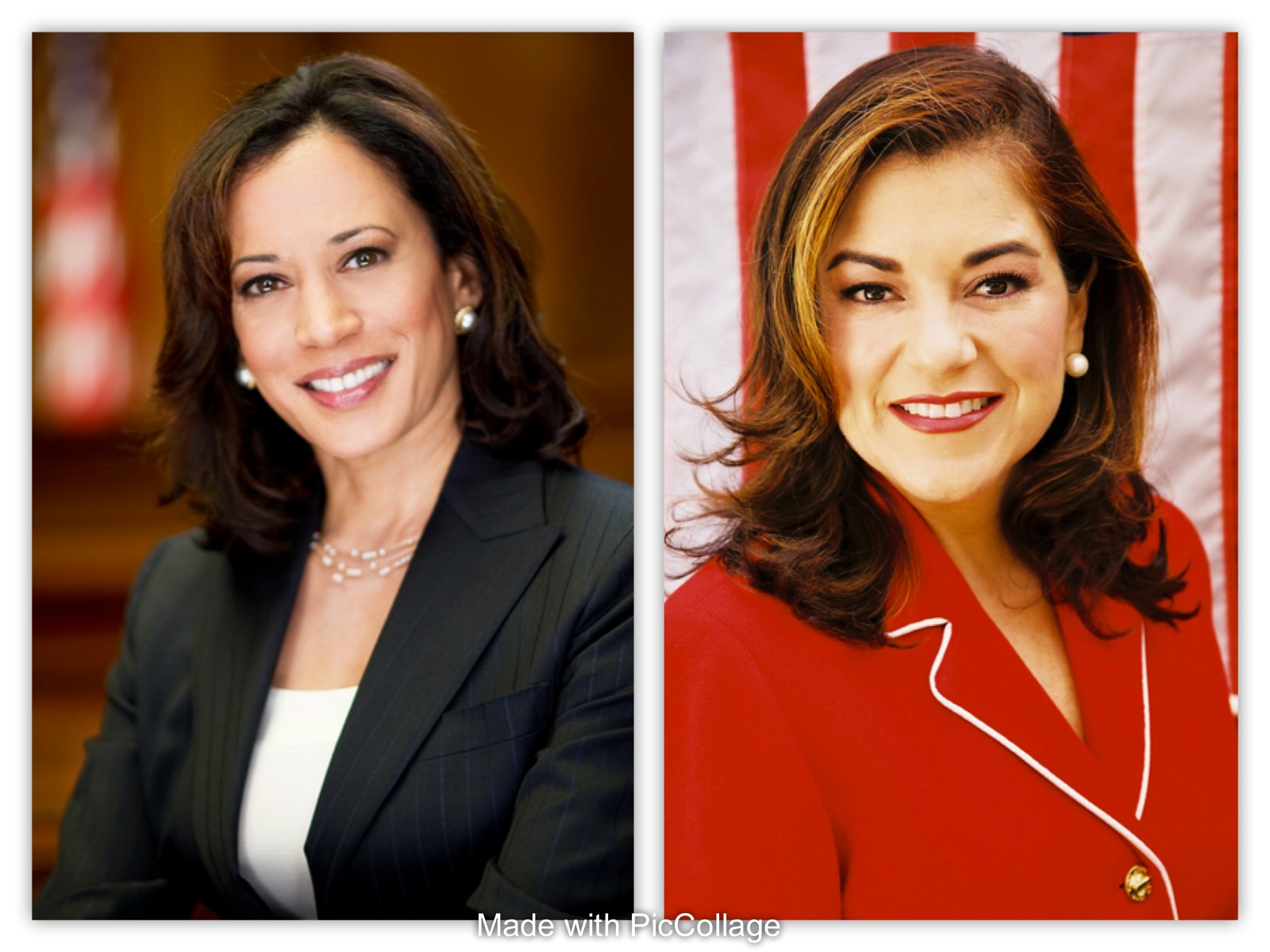Why Tuesday’s Election is Important

Corey Cook
Corey Cook, Professor of Politics is currently on leave but is still a critical observer of local, state and national politics. Professor Cook regularly contributes to the Leo T. McCarthy Center blog while he establishes the School of Public Service at Boise State University.
By the time polls close in California this coming Tuesday, the two major party nominees for president will likely be known. And while the results in California’s Democratic primary will garner substantial media attention, the country’s most populous state, and the one awarding the highest number of delegates to the Democratic Convention in July, will not have mattered in choosing the party’s nominee. Again.
But while the presidential election will dominate election night coverage, as is increasingly the case around the country, voters will effectively be choosing the vast majority of their elected officials during the primary election. According to the National Conference of State Legislatures, 43 states now have governors and a majority of state legislators of the same party. In about half of the states, the majority party has 2/3 control of the state legislature.
In Idaho, Republicans represent 80 percent of the seats in the legislature and there are few seats expected to be competitive during the fall general election. In fact, the number of close and competitive state legislative elections around the country is declining rapidly. The 2014 general elections were the least competitive nationally in forty years. Perhaps the unusual presidential election will make some previously uncompetitive districts more so in 2016. But aside from some fluky turnout driven effects, the overall trend is likely to continue for the foreseeable future.
Our dysfunctional nominating systems
Which brings us back to the importance of primary elections. This unusual presidential election year has shined a bright light on our dysfunctional nominating systems. In Idaho, we were treated to a high turnout Republican presidential primary followed by a low turnout (and much criticized) Democratic caucus. The arcane delegate selection rules, convention systems, and other seemingly unintelligible provisions employed in states around the country scream out for reform. But seemingly little attention is being paid to the “down ballot” primary races. Idaho, like California in 2008, separated its presidential nomination processes from its statewide primary. One clear result is in that the most significant election of the cycle (because May winners in their primaries will easily be elected in November) only 23 percent of registered voters cast ballots (about 15 percent of those eligible to vote). Turnout will bounce back up in November, as it always does, but ultimately, that election will be a rubber stamp of the May results.
Which brings us back to California. Next Tuesday’s election is incredibly important. Yes, the top two primary system (in which voters are presented with a single slate of candidates from all of the political parties and the top two continue on to the general election in November) makes November a bit more consequential. But, the possibility that Republicans might not have a United States Senate candidate in November (recent polls have two Democrats, Kamala Harris and Loretta Sanchez leading the open field) is a remarkable outcome.

And given the expectation that Republican turnout will be low (their party’s nomination is sealed for Donald Trump), we might see this outcome in state legislative races as well. Advocates for the top two primary argued that this reform would actually increase competitiveness because a Harris/Sanchez general election would be closer and Republican (and Independent) voters might play a decisive role in selecting a winner rather than voting for a doomed fellow partisan. But the research suggests otherwise.
Voter turnout has been somewhere between depressing and abysmal since the 2012 general election. Hopefully this primary will reverse that trend given the stakes.

